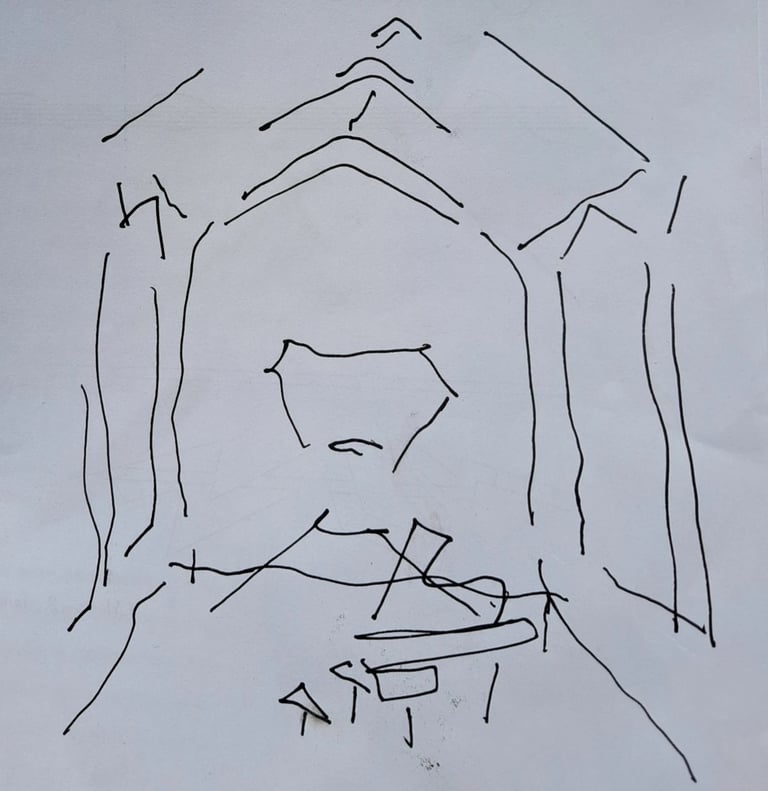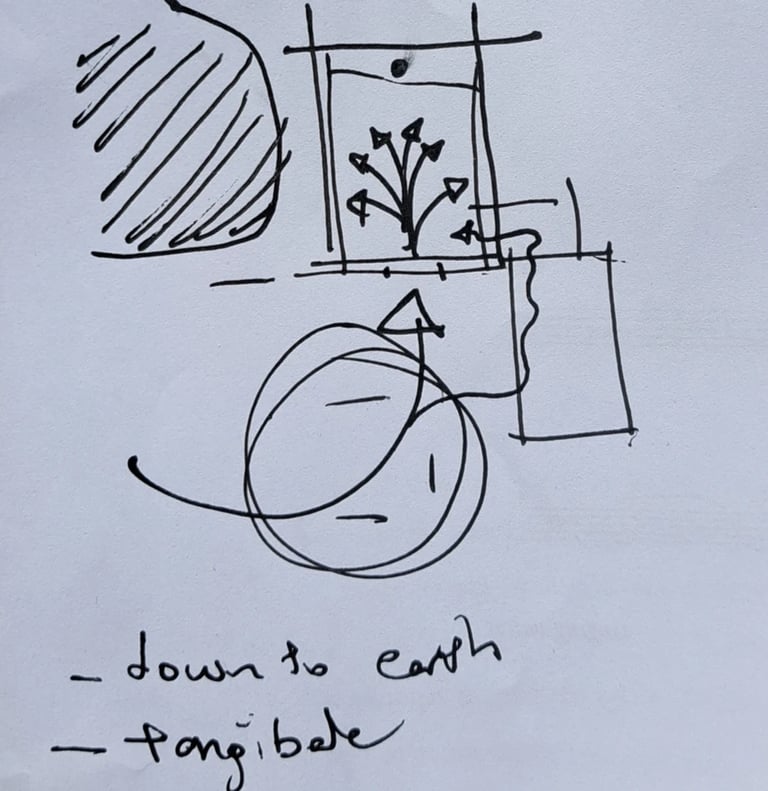Muziekwerf Project, Musicographics, Rotterdam
In May 2022 I received a commission from the Office for Metropolitan Information (OMI) to compose and perform a new work based on the Mennonite Church (now Muziekwerf) in Rotterdam
Murat Ali Cengiz
7/15/20222 min read
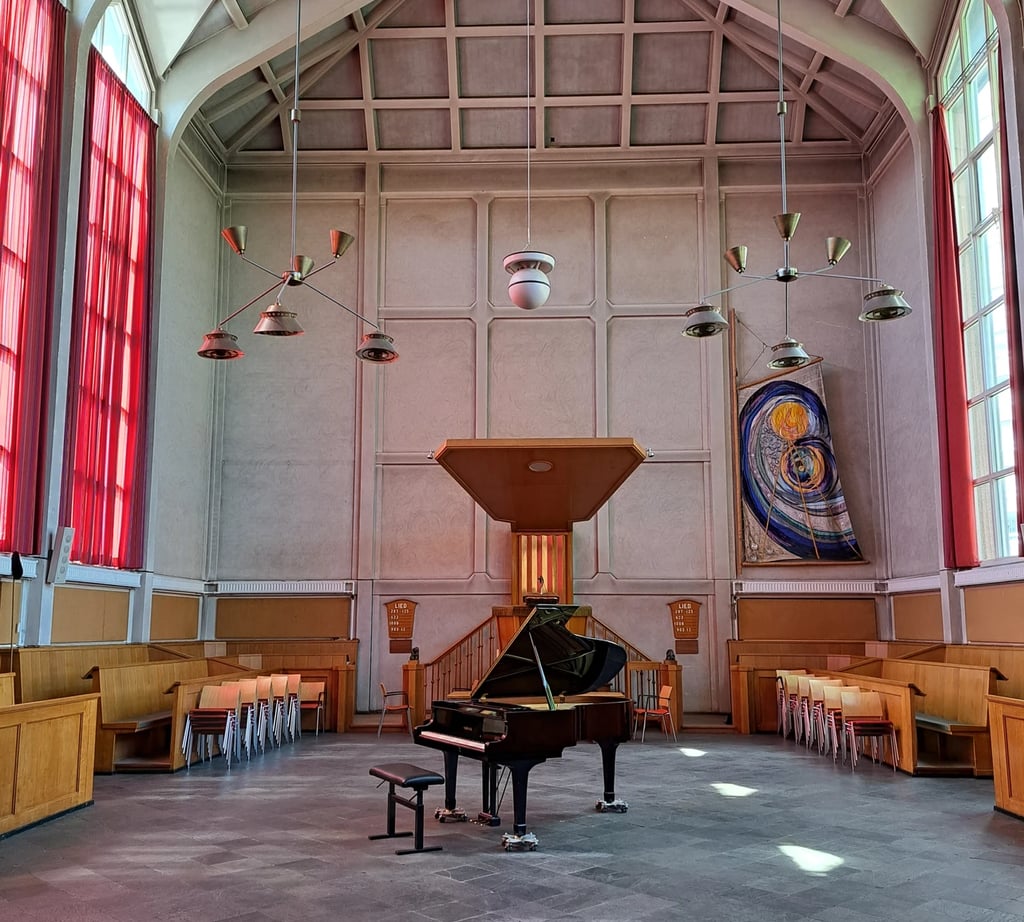

In May 2022 I received a commission from the Office for Metropolitan Information (OMI) to compose and perform a new work based on the Mennonite Church in Rotterdam. Built in 1951 by architect G.T.J. Kuiper, the building does not reveal its religious function from the outside. Its plain exterior conceals a surprisingly intricate interior, a space filled with subtle details that only emerge when one lingers inside.
I spent three days working within the church, approaching it as both a performer and a listener, gathering acoustic, historical, and architectural information to transform into a music composition.The space immediately offered itself as a resonant instrument:
The most resonating pitches were clustered around E–A–B, creating natural tonal centers.
Bell-like and organ-like textures carried beautifully through the space.
A fascinating sweet spot appeared between the delay and attack times of the piano, making certain gestures bloom uniquely in the room.
Often I found myself simply listening, mesmerized by how sounds reflected and danced across the concrete ceiling.
The Mennonite community—known in Dutch as the Doopsgezinden, or Baptists—had a complex history in the Netherlands. Although tolerated, their faith was never fully recognized by the state, and their congregations often had to move from one location to another. I reflected this precarious yet resilient rhythm in the composition, introducing a sense of ongoing movement and displacement as a structural element.
Materiality played an equally strong role. The church combines rough concrete and stone with softened, flowing forms. Instead of feeling cold or severe, these choices created a warm and contemplative atmosphere. I became increasingly fixated on the ceiling, with its massive concrete panels subdivided in a way that echoed the rhythm of the surrounding windows. At some point I realized: the ceiling was like a continuation of the windows—not an opening to the outside world, but a window to the imagination.
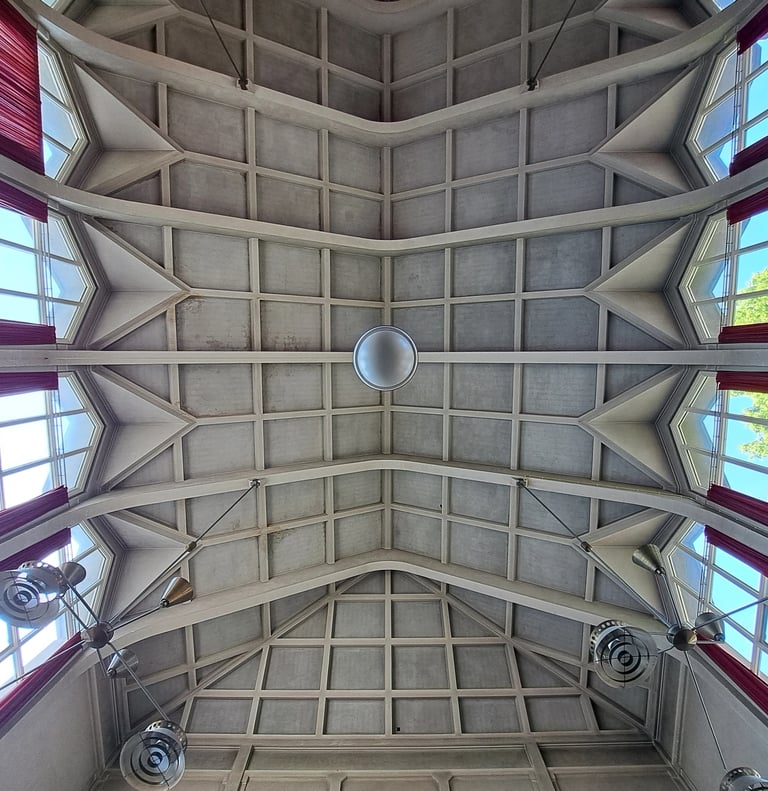

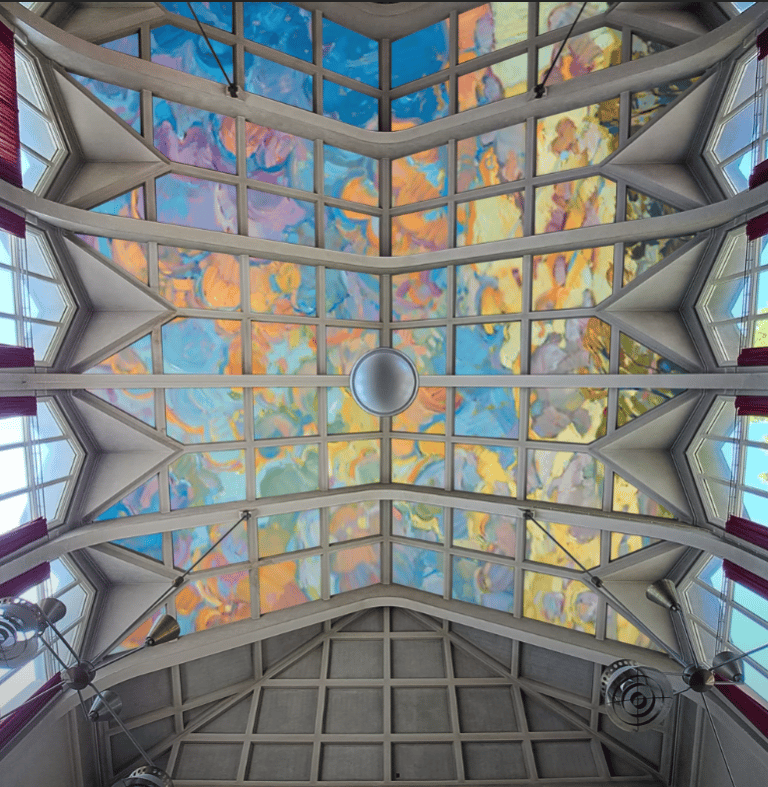

With these impressions, I began to sketch. The resonant E–A–B pitches became tonal anchors. The restless rhythm of displacement wove itself into the pulse. The reflective ceiling patterns suggested repetitions and mirrored textures. Slowly, a piece took shape that was both site-specific and imaginative—a score rooted in material, history, and acoustics, but also in personal reflection.
The final work was performed inside the church itself, completing the cycle of listening and responding. The sound was not imposed on the architecture; it was drawn out of it.
